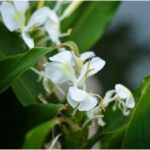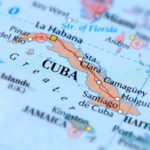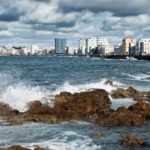Cuba is known across the Caribbeans, and indeed the world, as a tropical paradise.
With sandy beaches, a vast amount of luscious life, and blue waters around it, it’s not exactly hard to see why.
However, many people often underestimate just how much life can be found on this little island.
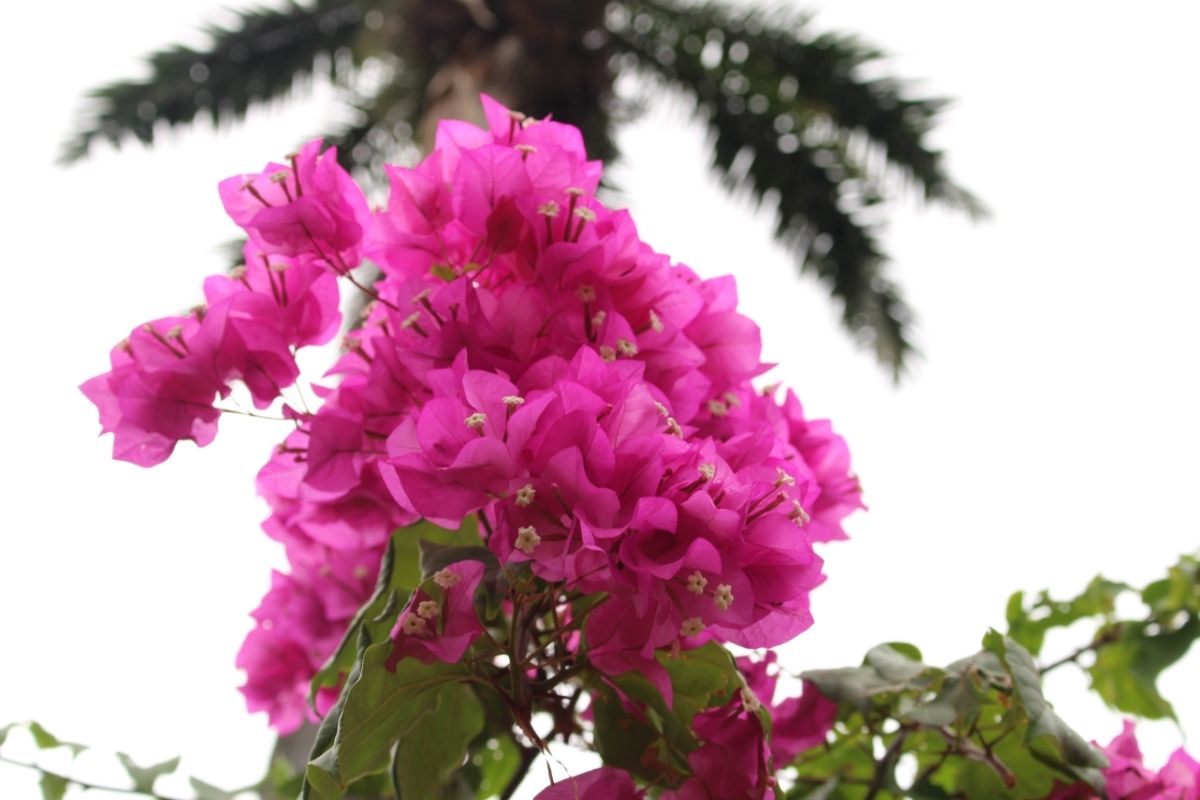
Take just the plant life that can be found here, for example.
It is estimated that there are over eight thousand species of trees and flowers here alone!
With such a massive number, it can be difficult to try and find the ones that you are looking for.
This is especially the case if you are looking to create a Cuban-inspired floral arrangement, or simply want to try and grow some of these plants for yourself.
Fortunately, we have a guide that’s purpose-built for just such an occasion!
In this shortlist, we are going to cover some of Cuba’s most iconic flowers and plants, so that you can pick out the best for your needs.
With that out of the way, let’s start!
Cuban Royal Palm
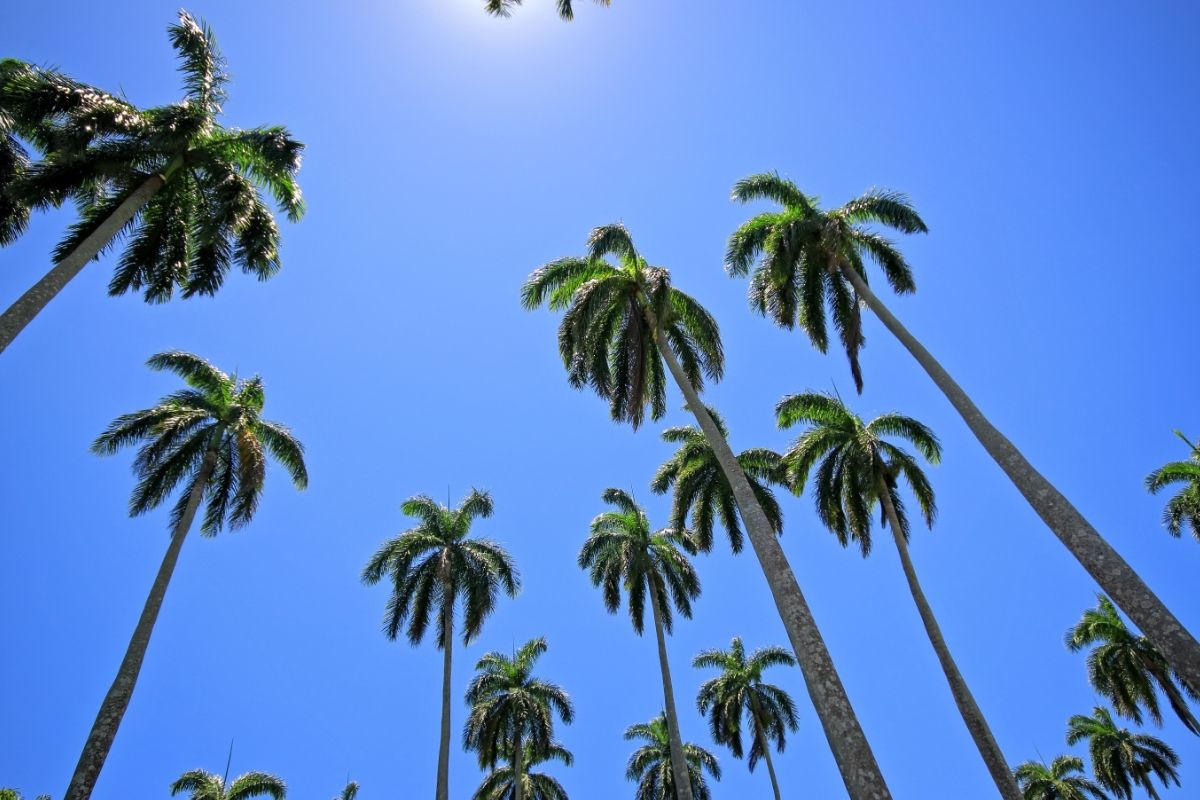
Starting off the official national tree of Cuba, we have the iconic Cuban Royal Palm.
One of the tallest trees on the island, the Royal Palm can grow to heights of 70 feet tall in some cases.
The palm leaves themselves have sheathes that are almost 4 meters long in some cases, which is an astonishing size, especially when you consider how short the petioles are when compared to the rest of the leaf!
Columbus, when traveling past the island on his second voyage to the new world, noted how the indigenous people used palm branches to create beautifully constructed tents.
Given how large the leaves would need to be, it likely means that the Royal Palm was at least one of their major trees used to make shelters.
It’s good to see a connection between a people and a plant species go so far back!
White Ginger
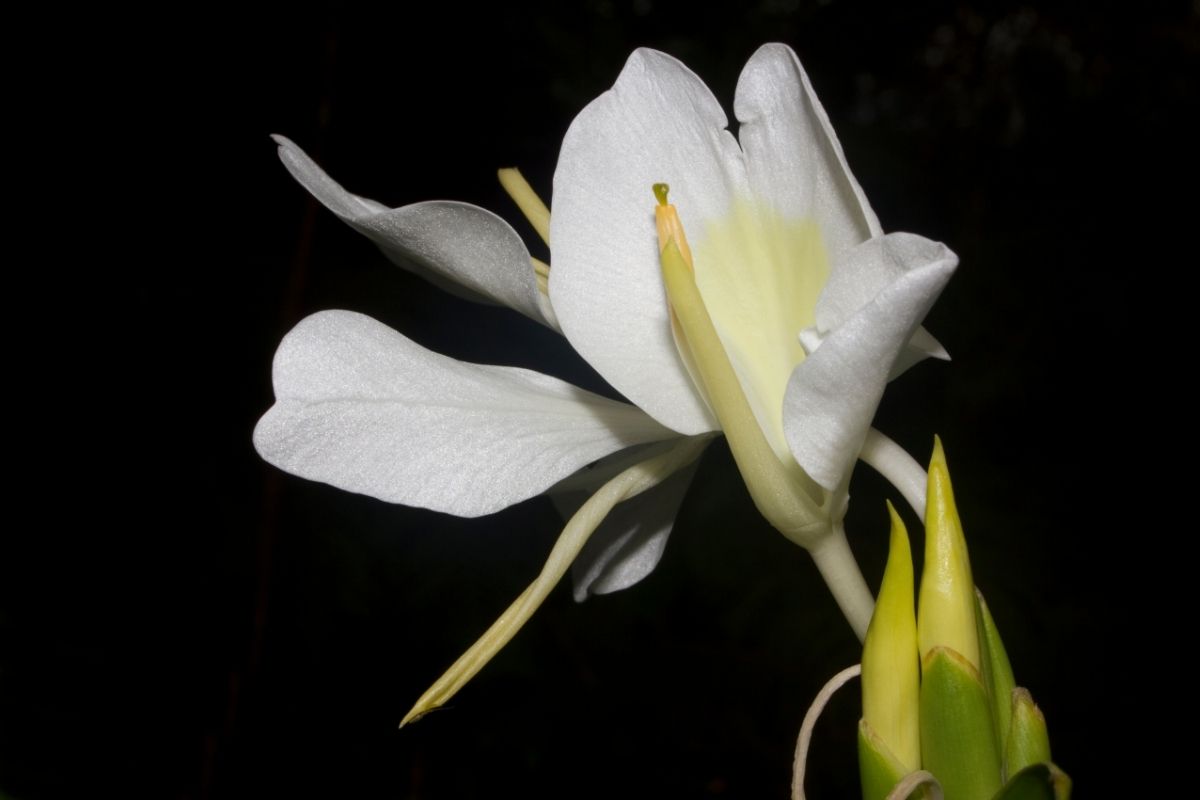
Next to the national tree of Cuba, we also have its national flower, the White Ginger flower.
Also known as the Butterfly Jasmine, the petals of this particular flower almost look like the wings of a bright white butterfly, hence the second name this beautiful plant has gained over the years.
These flowers usually grow in late summer or early fall, which means that they can be the last bloom of the warmer season if you choose to grow them in your home.
The flower itself has a very intense smell to it as well, and would often be a part of many amazing displays in the 18th century.
The flowers, thanks to their paper-like whiteness, would also be used to disguise secret messages, from love letters to messages for independence when the country was still controlled by Spain.
That’s quite a variety!
Cork Palm
Another palm tree that is native to the island of Cuba, we have the Cork Palm.
Most commonly found on the western side of the island, these palm trees can grow up to 10 meters tall when conditions are right.
This tree is one of the rarest in the world, with only 600 plants believed to be growing.
This is due to several reasons, from general deforestation efforts, to wealthy collected and gardeners trying to collect its seeds, to its somewhat niche growing conditions that it needs to grow.
Unlike the Royal Pal, the Cork Palm needs slightly alkaline soil to grow at its best.
The groupings of these plants have somewhat skewed sex ratios, meaning that reproduction of new seeds is often difficult in large numbers, which doesn’t help its numbers to increase.
Black Orchid

Another flower that is prized on the island, the Black Orchid is another beautiful plant that is native to many regions of Latin America.
Being known to grow in the mountains around Santiago de Cuba, this plant, whilst growing well in high latitudes, can be grown in many conditions.
What makes the Black Orchid stand out from many other plants is how its leaves grow.
Most Black Orchid flowers will have three long, tubular leaves that droop below the flower.
Kapok
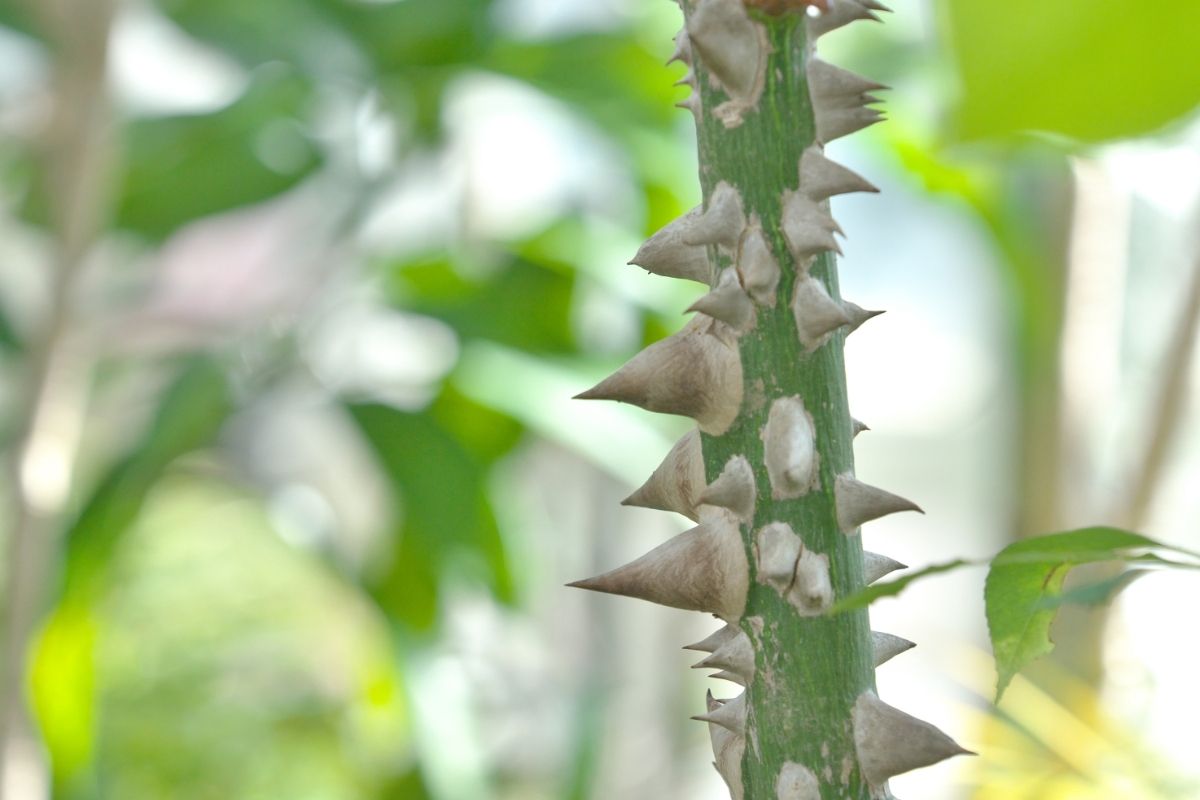
For a classic Cuban tree that isn’t a palm, we need not look any further than the luscious branches of the Cuban Kapok.
More than probably any other tree species on the island, the Kapok is a symbol of Cuban flora and is considered sacred by a variety of different groups of ethnicities.
Considering how it was a symbol of freedom for enslaved peoples, this is not surprising.
It is easy to see why so many people had such a reverence for it.
Being able to grow 200 feet tall, and having a tree trunk almost 3 meters wide, it is probably the largest plant on the island.
Shortleaf Fig
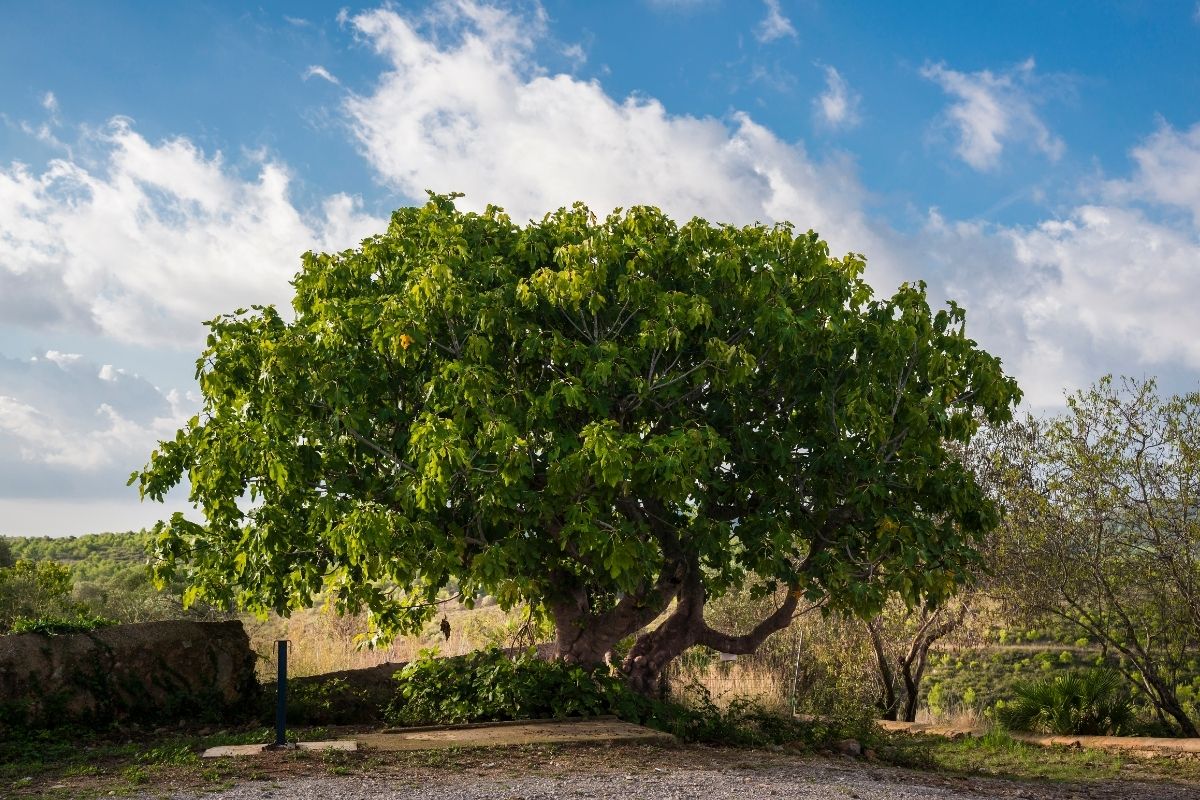
Whilst a native of both Central and South America, the Shortleaf Fig is also a common tree found in Cuba too.
With its iconic web-like roots system, as well as growing up to 18 meters tall, these plants are known to almost attack the root systems of other plants with their own root systems.
Final Thoughts
As you can see, there are many incredible plants found in Cuba. With this list, you can appreciate the floral life of this island even more.
If you enjoyed this article, you might enjoy our post on ‘The Geography Of Cuba‘.
- What Is The Largest Island In Cuba? - September 19, 2022
- Havana – Why Is It Cuba’s Most Exciting City? - September 19, 2022
- Cheapest Time To Visit Cuba (Ultimate Guide) - September 19, 2022


